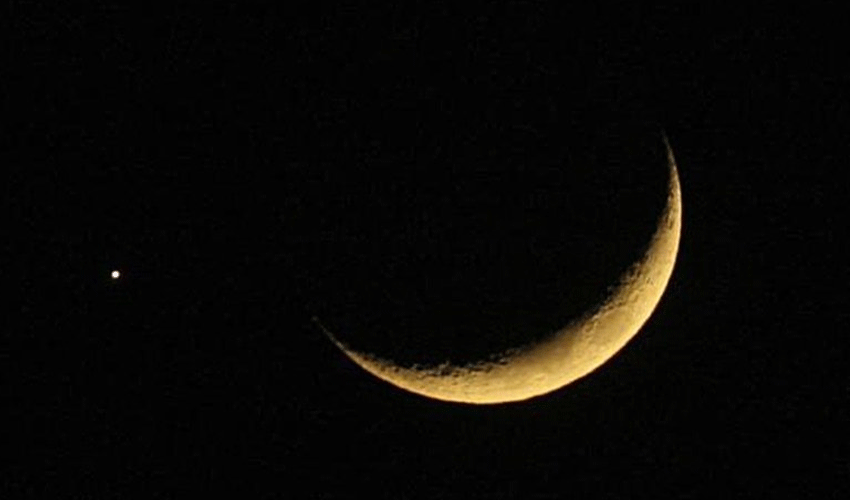With the Islamic world ushering in Eid Al Adha 2025, everybody’s eyes are glued to the sky for the sighting of the crescent moon of Dhu Al Hijjah. The sighting of the moon signals the commencement of the tenth and final month of the Islamic lunar calendar and also determines the date of the holy festival. Nations across the world, such as Saudi Arabia, the UAE, Pakistan, and Indonesia, will sight the moon to determine the official beginning of Dhu Al Hijjah.
The practice of moon sighting is an ancient Islamic tradition that requires both religious scholars and astronomical specialists. In most places, expert committees armed with telescopes and astronomical information assemble at pre-determined vantage points. But in some parts of the world, the old naked-eye observations are still the preferred practice. After sighting the moon and confirming it, religious authorities publicly announce the dates of Eid Al Adha and Hajj.
Various nations can celebrate Eid on different dates because of local moon sighting variations. Saudi Arabia’s moon sighting, for instance, usually determines the cue for Hajj pilgrims, while India, Pakistan, and Bangladesh can hold Eid a day later following local sightings. These differences highlight the unity and diversity of the global Muslim populace.
Eid Al Adha, the Festival of Sacrifice, is the religious commemoration of Prophet Ibrahim’s (AS) readiness to sacrifice his son as an act of obedience to Allah. Its date is dependent on the lunar calendar, which makes sighting the crescent moon both the religious and social wait. While technologies are more advanced and efforts better coordinated, the world now waits eagerly to celebrate one of the sacred festivals of Islam.





